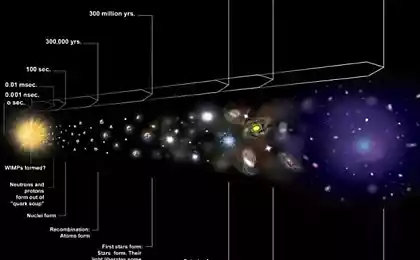Ask Ethan №10: Why is the universe is the same everywhere

One of the most tragic human traits - a tendency to postpone life. We all dream of a magical rose garden over the horizon instead of enjoying the roses blooming outside our window.
Dale Carnegie. I>
A reader asks:
I do not really understood the cosmic inflation and the problem of the horizon. I think you've talked about it, but I would like to hear more details. Blockquote> Let's go back to the top.

This is - your universe. It stretches as far as the most powerful telescopes can look in all directions. They see tens of thousands of galaxies scattered at distances of tens of billions of light years in all directions, wherever we looked. On a large scale everything is about the same - the density, temperature, types of old and galaxies, the metallicity of stars (the relative concentration of elements heavier than helium), etc. All that we see - is the more we look, the more young things we see, and the faster they are moving away from us.

All this is due to the expansion and evolution of the universe. Three main evidence in the context of our general theory of relativity:
Hubble expansion of the universe - the red shift is due to the distance to the galaxy
the existence and properties of the cosmic microwave background radiation (KMFI) - almost perfectly uniform sea of blackbody radiation in all directions, with temperatures just above absolute zero
the abundance of light elements - hydrogen, deuterium, helium (helium 3 and 4) and lithium in the young universe, to the formation of stars
They tell us that the universe evolved and expanded from a hot and dense state, and that in the current state it is already about 13.8 billion years. For a long time, but not indefinitely. This paradigm is known as the "Big Bang».
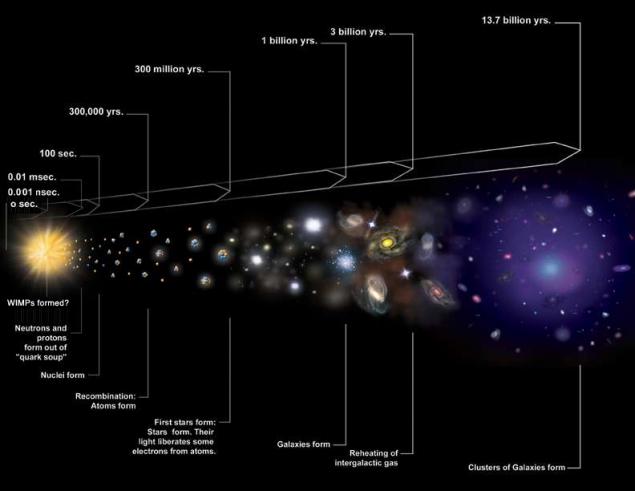
But there is one problem. 13.8 billion years, the universe expanded in accordance with the laws of general relativity, that is, the rate of expansion of the space defines a set of initial conditions and the energy content of the universe (ordinary matter, dark matter, radiation, neutrinos, dark energy, spatial curvature, etc.). With that all is well - the problem is that the universe is homogeneous and has approximately the same properties in all directions, wherever we looked.
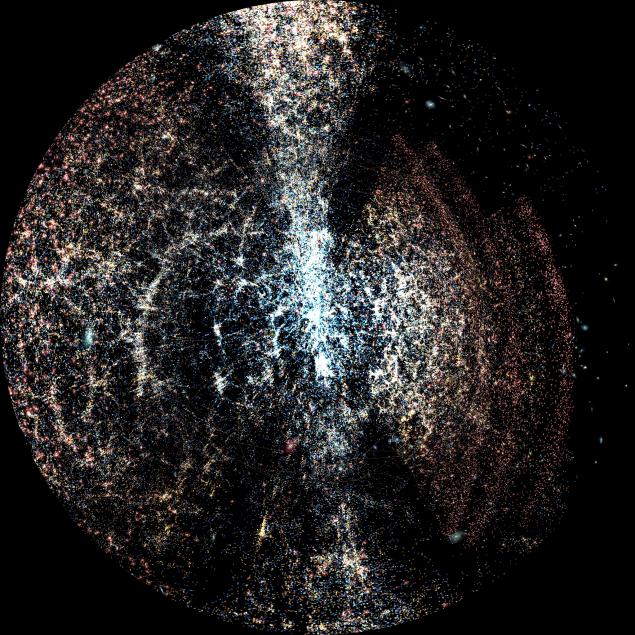
Density and properties of clusters of galaxies on one side of the universe are identical to those on the other - no matter how you divide the universe apart. That should be enough, is not it?
After the Big Bang information could not be transmitted faster than the speed of light. We can see the size of a piece of the universe 46 billion light years because it was able to distance traveled light in an expanding universe in the last 13, 8 billion. Years. Therefore, if we look in the same direction at 23 billion light-years, and then to the other side - we can expect that these two sites are not connected to each other.
Still not clear? Here is an analogy.

Imagine boiling water in a saucepan. It warms you from the bottom, and the water boils in all places at once. Between the upper and lower parts of water have a temperature difference. Why so?
You heats the pan bottom, but the water is warm everywhere. That's because its molecules move, collide with each other and share their energy. The water bottom energy and information exchanges with the water from the top, and the time required for the exchange, much less the time required to boil.
But this is not always the case.

On this photo lava flows from an active volcano in the ocean. When the lava heated above 1000 ° C, in contact with water that boils immediately. But the ocean is large, and the speed of propagation of heat is finite. Not too far from this place the water temperature is almost will not change because of the lava. From a practical perspective, these regions are separated with each other, they do not share information or properties.
It would be strange if detached coupling together regions that do not come into contact with each other and exchange information, to have the same temperature. But in the universe is the way it happens.
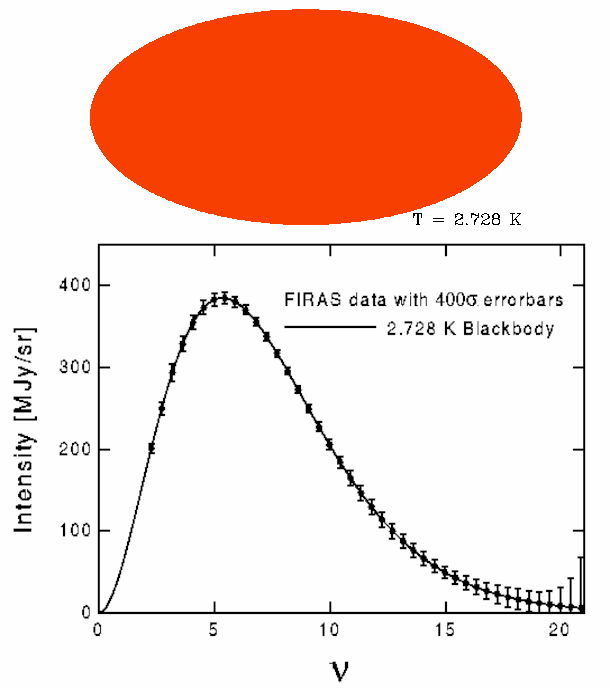
The cosmic microwave background radiation (KMFI) emitted when the universe was only 380,000 years old, and while the light can not move more than a million light-years in any direction. If you have filled in the microwave sky a circle of radius a million light-years, you would need more than ten billion of independent regions to fill all that we see. Nevertheless, these regions are not associated with each other, the temperature range and density with the same accuracy in the 99, 99%.
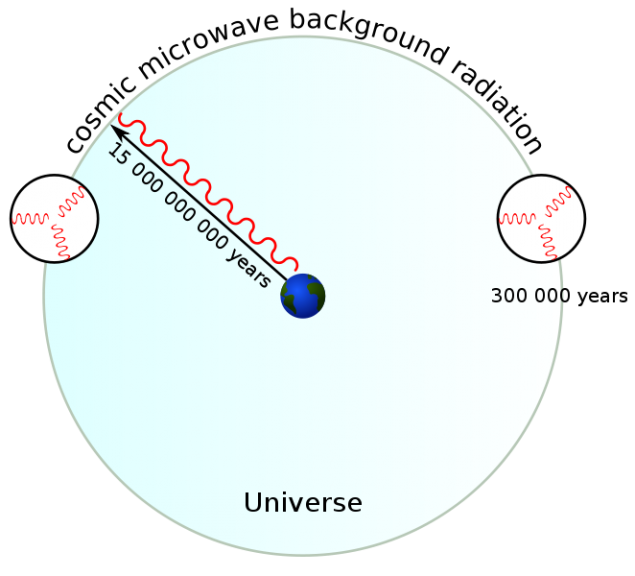
This problem, when regions not to contact each other for some reason have identical properties, a problem called the horizon.
It can be accomplished as follows: maybe these regions and there was no time to exchange information with each other, but what if the Big Bang, they have had the same properties?
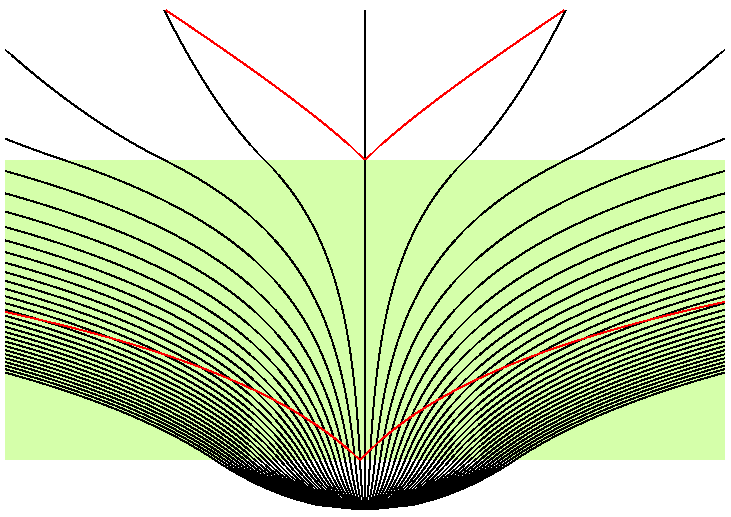
In general, it is an extension of that what happened before the Big Bang, that not only prepare it, but to prepare the initial conditions, which are at our universe. We took a tiny area (perhaps infinitesimal), expanded its exponentially, and it was stretched to a size larger than the observable universe, with the following rules:
any matter particles or energy topological defects that existed in this region before expansion, so reduced in density that will be no more than one of such particles in the universe (to solve the problem of monopoles)
whatever the curvature in space nor was before the expansion, the expansion of its so stretched that it becomes indistinguishable from the flat space (a problem solved flat universe)
Whatever the variations of temperature and density in different regions of space did not exist prior to expansion, our Foreseeable universe evolved from a small region. Therefore, the temperature and density of the universe are the same everywhere (to solve the problem of the horizon)
quantum fluctuations that occurred during the expansion, led to a clear set of predictions of temperature and density fluctuations in the foreseeable part of the universe
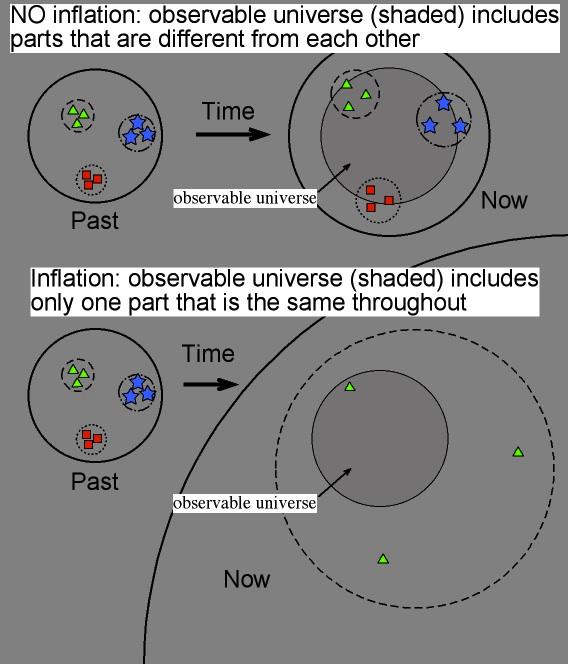
If we discard the theory of inflation, it is necessary to sweep the three remaining issues (monopoles, a flat universe and the horizon), and one prediction (about the spectrum of fluctuations of temperature and density of the universe) under the carpet and say: "This is just the initial conditions of the Big Bang", to make your model work.
Or, you can recognize the inflationary model - as a simple, elegant and direct way to solve all these problems.

That's why our universe, as far as we know, is the same everywhere and in all directions.
Source: geektimes.ru/post/252970/

































